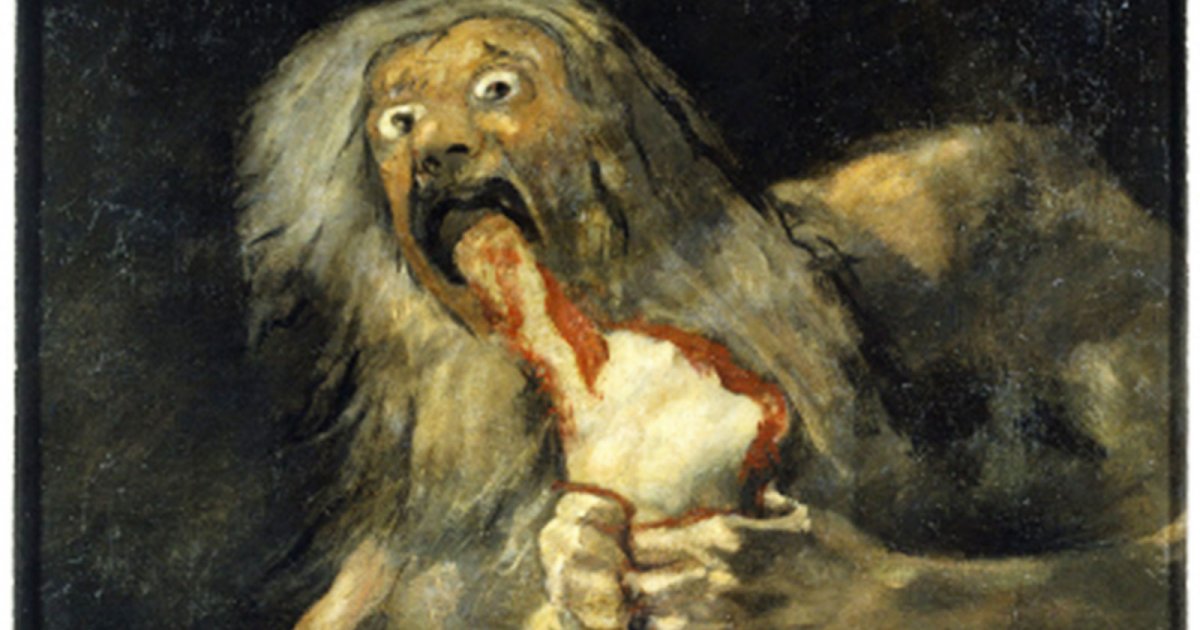PRADO, Black Paintings - F. Goya
 Language: English / USA
Language: English / USA
The Napoleonic invasion of Spain marked a breaking point in Goya's life. Until then his painting had been open to the lights and colors of eighteenth-century traditions; after this point we can see the grandiose and tragic events of the end of the Old Regime and the turmoil created by Napoleon depicted with an intense sensitivity.
Anguished and horrified, Goya began to paint sinister images which were the result of a macabre and restless imagination. A persistent theme that strikes you in his paintings, and especially in his etchings and drawings, are the myriad forms of human violence depicted, which is an obsession that culminates in the Caprichos and "Disasters of War" etchings.
Deeply troubled by the War of 1808 and the repression of popular uprisings at the hands of Napoleon's troops, Goya dedicated two paintings to the insurrection of Madrid, and in particular the Shooting of May 3, 1808, a painting that will surely stick in your mind thanks to its realism and refusal to resort to any form of rhetoric.
The horror vertex is reached with the Pinturas Negras/Black Paintings, which are the murals that Goya painted around 1820 for the so-called "Quinta del Sordo", his country house on the Manzanares River.
Now pause the audio and go to level 0, to the halls of the Pinturas Negras/Black Paintings.
As you can see, these rooms have been modified to recreate the two rooms of Goya's country house, and are among the most famous rooms in the Prado. The painter called these works the Pinturas Negras/Black Paintings for the dominant color of black, but even more so for their terrible subjects. A body torn by a giant cannibal, Saturn devouring a child, two farmers who slaughter each other with a stick while sinking into quicksand, a procession of crazy and fanatic pilgrims, a poor dog sinking into quicksand, and so on. In these works Goya offers himself as a universal "moral witness", a critical conscience who indicates the eternal abyss of evil with dismay, the tragic result of the "sleep of reason".
FUN FACT: in order to have more light in his room in the evening, Goya glued candles to the brim of his top hat, and used the light to add the last touches to his paintings.
And with this we have finished our tour of the Prado Museum. MyWoWo thanks you for staying with us, and will see you at the next Wonder of the World!



